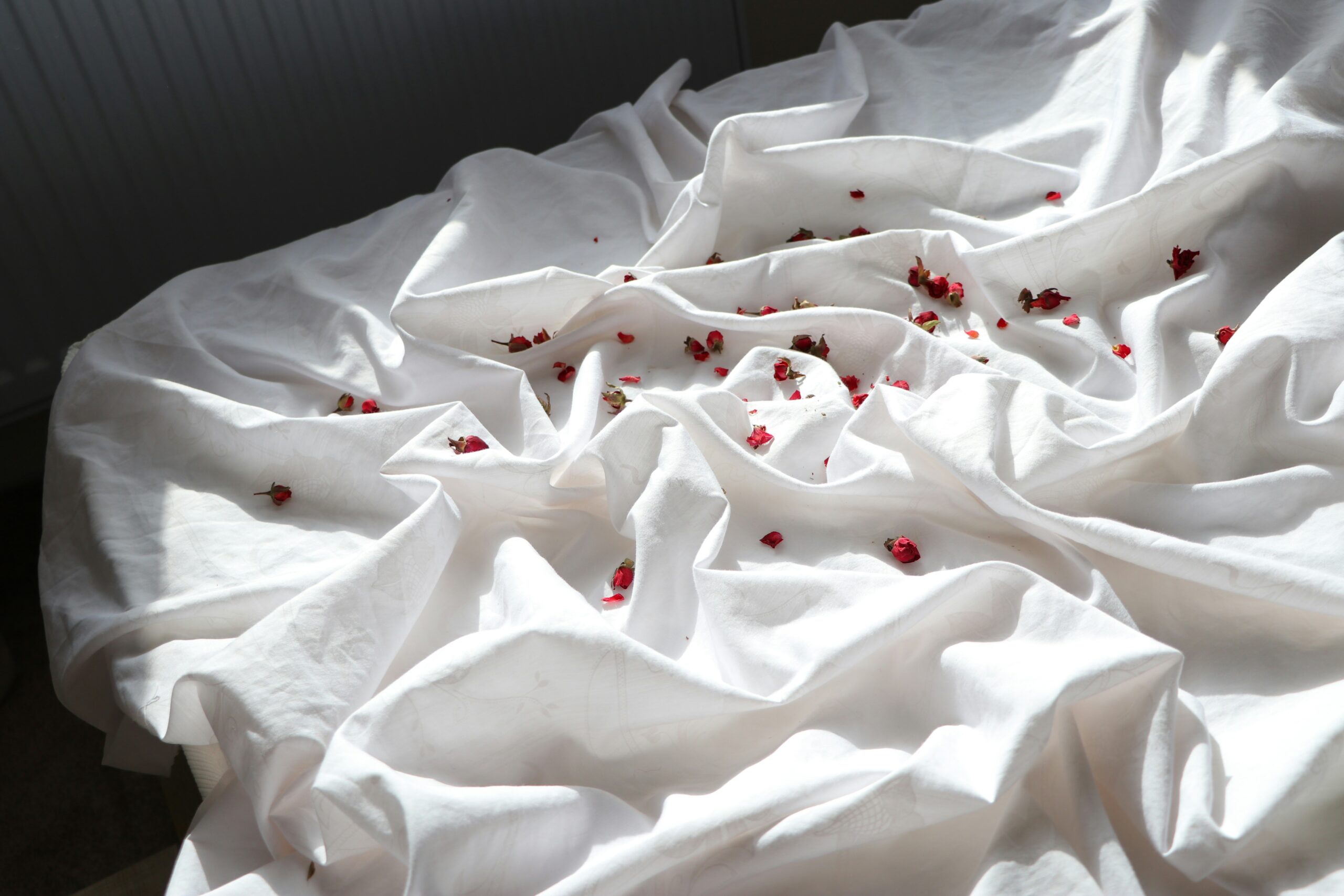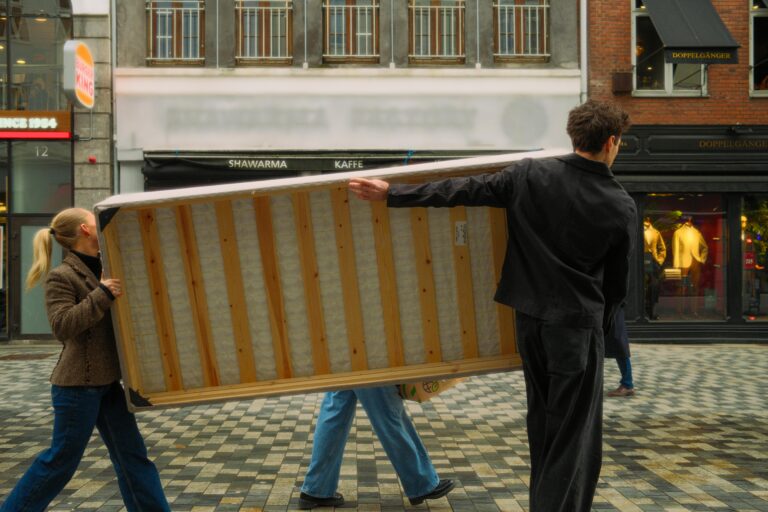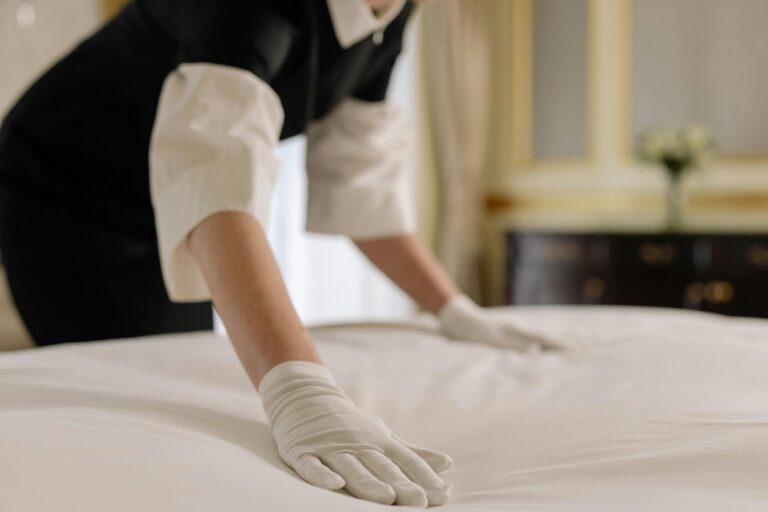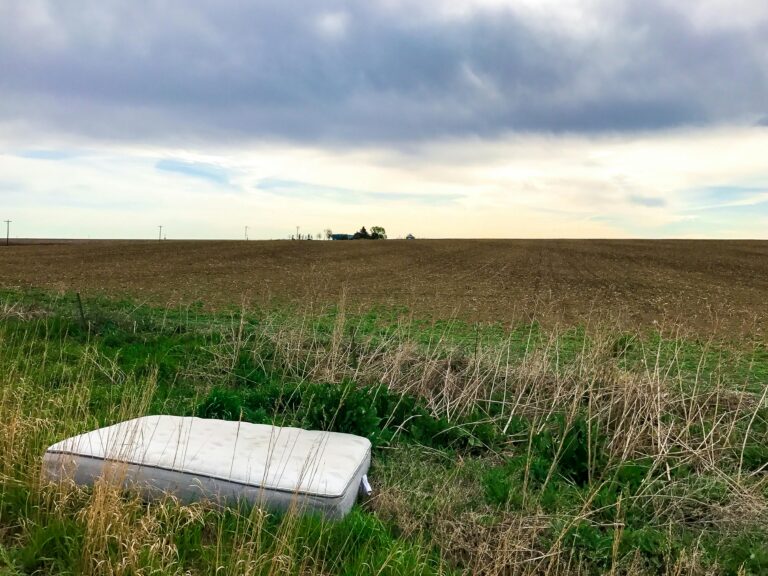How Can I Get Blood Stains Out Of A Mattress: A Guide for the Modern Home
When you see a blood spot on your bed, panic sets in. Maybe it’s from a late-night nosebleed, a small cut, or a skincare error, but that red spot seems like it will always be there. You look at it and think, “I sleep here. How did this happen?” Yet, it’s true: blood doesn’t have to stay forever. With the correct methods and some calm, you can make your bed look perfect again. Let’s go through the science, the quick ways, and the secret tips that will make your mattress seem and smell fresh.
Why Blood Stains Are Hard to Get Out (and How to Beat Them)
Blood is tough. Its protein-rich mix sticks hard to cloth fibers, and when it reacts with air, it leaves that well-known rusty color. Think of hemoglobin as a tiny octopus: its iron-rich proteins grab onto mattress fibers like arms. Heat makes these bonds stronger, so hot water or quick scrubbing often makes it worse. You need to act fast, use the right stuff, and know the cleaning science.
The American Cleaning Institute says cold water is your best first move. Hot water “cooks” proteins into fabrics (like frying an egg on your mattress), but cold water slows down the sticking process, giving you a chance. Use this with enzymes or things like hydrogen peroxide, and you have a plan.
The Oxidation Factor
When blood meets oxygen, it darkens from red to brown—a process accelerated by light and heat. This is why old stains seem tougher: the proteins have fully bonded and oxidized. Memory foam mattresses, with their dense structure, pose an added challenge because stains can seep deeper. Innerspring mattresses, with their layered design, may allow stains to spread across surfaces. Tailor your approach based on your mattress type.
Step 1: Act Fast, Stay Calm
Time is your greatest ally. Fresh blood is far easier to tackle than dried stains. Here’s your immediate action checklist:
- Blot, Don’t Rub
Pick up a clean towel. Push down hard to soak up all the blood you can. Don’t rub; it just makes it worse—like spreading peanut butter. If it’s dry, wet the spot a bit first, then blot.
- Cold Water Rinse
Use a wet cloth with cold water and tap it on the spot. Don’t soak the bed too much—it can get moldy. With memory foam, just mist it lightly with a spray.
- Salt Paste Hack
Stir cold water and salt into a thick paste, put it on the stain, and wait 15 minutes. Salt helps by gently scrubbing and lifting proteins. To go deeper, mix in a bit of dish soap.
Step 2: Choose Your Cleaning Arsenal
Not every stain or cleaner is the same. Here’s a list of what works best, from simple kitchen stuff to strong store-bought cleaners:
| Method | Best For | Pros | Cons |
| Hydrogen Peroxide | Fresh or dried stains | Cheap, breaks down proteins | May bleach colored fabrics |
| Baking Soda Paste | Odor removal | Neutralizes smells, non-toxic | Less effective on deep stains |
| Enzyme Cleaners | Old, set-in stains | Targets proteins biologically | Pricier, requires longer soak |
| Dish Soap & Cold Water | Light stains | Gentle, readily available | Limited power for severe cases |
| Ammonia Solution | Non-organic stains | Effective on sweat or urine | Toxic fumes, avoid with bleach |
Safety First
Always try cleaners in a secret spot on your bed. If you have pets or kids, choose safe stuff like baking soda or natural enzyme sprays.
The Hydrogen Peroxide Power Play
Why 3% hydrogen peroxide? It’s smart. Breaks blood apart, no rough stuff. Here’s the trick: peroxide hits blood, pops oxygen bubbles. They push the stain off the threads. Got color? Mix it with water, even parts. Lessens the bleach.
Application Tips
- Spray or dab peroxide onto the stain.
- Let it bubble for 5–10 minutes—this means it’s working.
- Blot with cold water, then repeat if needed.
Pro Tip: Add a drop of lavender or tea tree oil to mask the medicinal smell. For stubborn stains, layer peroxide with a sprinkle of baking soda to create a foaming reaction that lifts debris.
When to Bring in the Enzymes
For old or stubborn stains, cleaners with enzymes like Nature’s Miracle really make a difference. They have bacteria or enzymes such as protease that break down organic stuff, basically “eating” the stain.
How to Use
- Spray thoroughly, ensuring saturation.
- Let it sit for 30 minutes (or overnight for severe cases).
- Blot with a microfiber cloth.
Brand Comparison
- Rocco & Roxie Professional Strength: Ideal for pet owners, works on set-in odors.
- Biokleen Bac-Out: Combines enzymes with lime extract for fresh scents.
Step 3: Neutralize Odors and Reset the Surface
Even after the stain fades, lingering odors can haunt your sleep space.
Baking Soda Magic
Sprinkle a generous layer over the cleaned area, let it sit for 8–12 hours, then vacuum thoroughly. For an upgrade, mix baking soda with a few drops of essential oil (lemongrass or eucalyptus work wonders) before applying.
Alternative Deodorizers
- Activated Charcoal: Place sachets under sheets to absorb odors.
- Sunlight: UV rays naturally disinfect and brighten fabrics. Rotate your mattress near a window for a few hours.
Natural or Store-bought: What’s Better?
Some stick with homemade mixes, others go for store-bought stuff. Time to end this debate:
Natural Options (like vinegar, baking soda, lemon juice):
- Good points: Good for the earth, won’t hurt your wallet, safe around kids and pets.
- Bad points: Need some hard work; lemon juice might lighten clothes.
Commercial Cleaners (OxiClean, Zout):
- Good points: Faster results; OxiClean’s “Active Fresh” line targets odors.
- Bad points: Some contain harsh chemicals; check labels for surfactants like sodium lauryl sulfate.
Hybrid Approach
- Start with peroxide or enzymes.
- Follow up with baking soda.
- Finish with a spritz of vodka (yes, vodka) to disinfect and evaporate quickly.
Everyone Makes These Five Typical Errors (and How to Avoid Them)
- Using Hot Water
- Heat sets stains. Stick to cold, even if you’re tempted to “sanitize” the area.
- Over-Scrubbing
- Aggressive scrubbing damages fibers, creating a fuzzy patch that attracts dirt. Use a soft-bristled brush instead.
- Skipping the Dry Step
- Moisture breeds mildew. Use a fan, a hairdryer on cool, or a portable wet vacuum.
- Ignoring Mattress Tags
- Some warranties are void if you use harsh chemicals. Check manufacturer guidelines first.
- Using Colored Clothes
- Dyes from fabric can transfer. Opt for white microfiber towels.
When to Throw in the Towel (and Replace the Mattress)
Most stains can be vanquished, but exceptions exist:
- Stains covering >50% of the mattress.
- Persistent odors after multiple cleanings.
- Sagging or structural damage.
Stain-Resistant Options
- Casper Hybrid: Antimicrobial fabric repels liquids.
- Saatva Loom & Leaf: Organic cotton with a stain-resistant finish.
Your Mattress Survival Kit: 7 Products to Keep Handy
- Hydrogen Peroxide: A $1 hero for fresh stains.
- Enzyme Cleaner: For biological warfare against set-in spots.
- Waterproof Mattress Protector: Prevention beats cure. Try SafeRest.
- Microfiber Cloths: Super absorbent and lint-free.
- Portable UV Light: Detect hidden stains before they oxidize.
- Steam Cleaner: Sanitize without chemicals (avoid memory foam).
- White Vinegar: Neutralizes alkaline stains like sweat.
FAQ: Your Top Questions, Answered
Q: Can I use bleach?
A: Avoid it—bleach weakens fibers and reacts poorly with proteins.
Q: What if the stain is years old?
A: Soak with enzyme cleaner overnight, then repeat peroxide treatments.
Q: Does toothpaste work?
A: The baking soda in toothpaste might help, but minty residue attracts pests.
Final Thought: Embrace the Chaos
Life’s messy. Blood stains happen. But with this toolkit, you’re not just cleaning a mattress—you’re mastering a life skill. Next time you spot a crimson splatter, channel your inner scientist: stay cool, work methodically, and remember that even the ugliest stains have an expiration date.
Written with insights from cleaning experts and product testers. Always spot-test cleaners and consult manufacturer guidelines for mattress care. For more tips, explore our guide to extending mattress lifespan.






